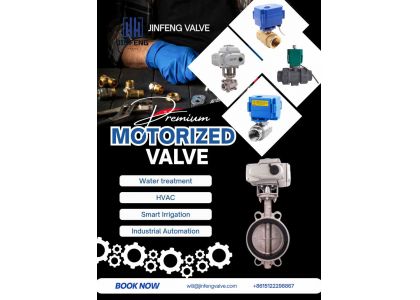
In modern industrial automation and water treatment systems, angle modulation of motorized valves is a common requirement. Below, I provide a comprehensive guide for motorized valve buyers, covering everything from fundamental principles to operational methods.
Core Principle
The modulating control valve is driven and controlled by a motor actuator. When the motor actuator receives a control electrical signal, the motor converts it into driving force, rotating the valve stem and plug to the desired adjustment angle.Common models include 4-20mA control valves and 0-10V proportional valves.
Key Settings
The critical aspect of controlling the motor actuator's angle lies in establishing calibration—transmitting electrical signals to instruct the motor actuator that “a 4mA or 0V signal corresponds to the 0° position, while a 20mA or 10V signal corresponds to the 90° position.”
1. Wiring Method and Power Supply: Ensure the control signal (4-20mA or 0-10V) is properly transmitted to the motor actuator and that the power supply is correctly connected.
2.Calibration Mode: Control valve actuators typically feature setup buttons or a manual setup mode.
3. Set 0° starting point: The motor actuator requires a starting point to be set. First drive the valve to 0°, which is the fully closed position. At this point, the motor actuator will establish the 4mA or 0V signal corresponding to the fully closed position.
4. Set Full Open Position: Next, the motor actuator will request setting the 90° position, which corresponds to the fully open position. Drive the valve to this fully open position, at which point the motor actuator will confirm that the 20mA or 10V signal corresponds to this position.
5. Save: After completing the above settings, the motor actuator will automatically save these parameters.
6. Testing: The control system sends different electrical signals to verify whether the valve is positioned at the corresponding angle.
After completing all settings, the actuated valve can precisely adjust to the corresponding angle based on the 4-20mA or 0-10V electrical signal you input.
Most control systems are DCS or PLC systems: technicians input a setpoint value. For example, if you want to modulate the actuated valve angle to 55%, you need to input a corresponding electrical signal (e.g., 4 + (20 - 4) * 55% = 12.8 mA). The actuated valve will then automatically modulate to 55%, which corresponds to a position of 49.5°.